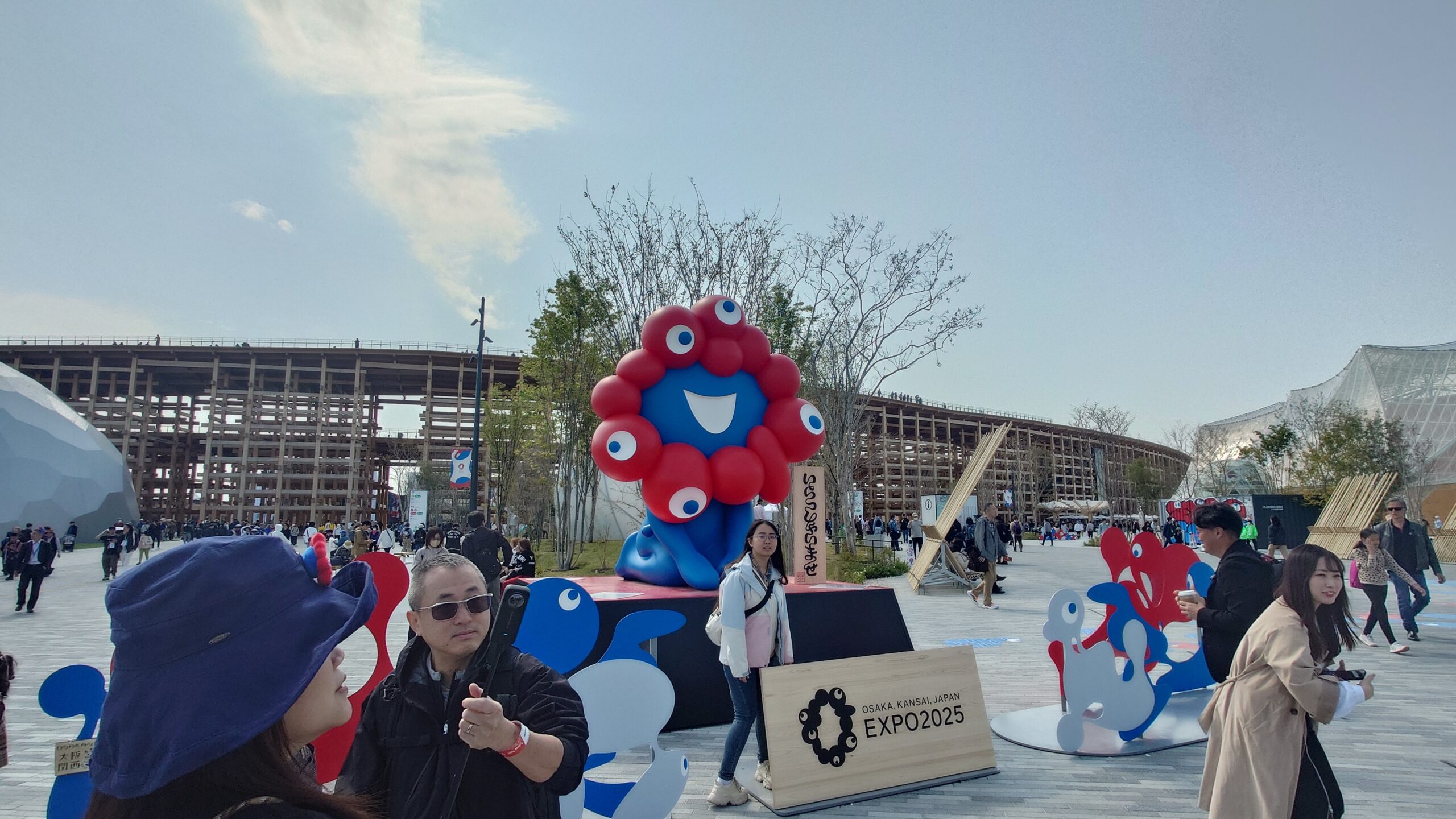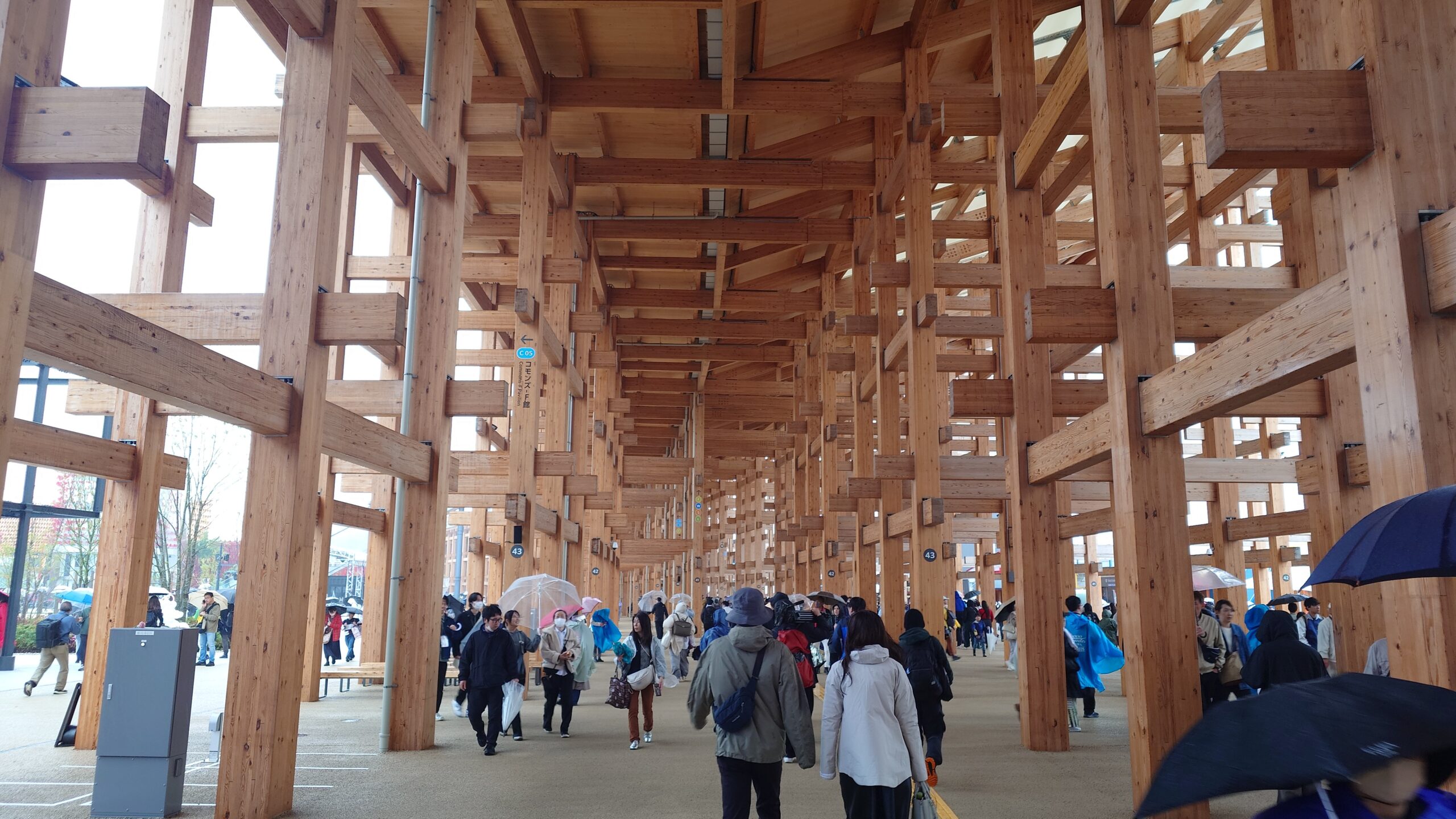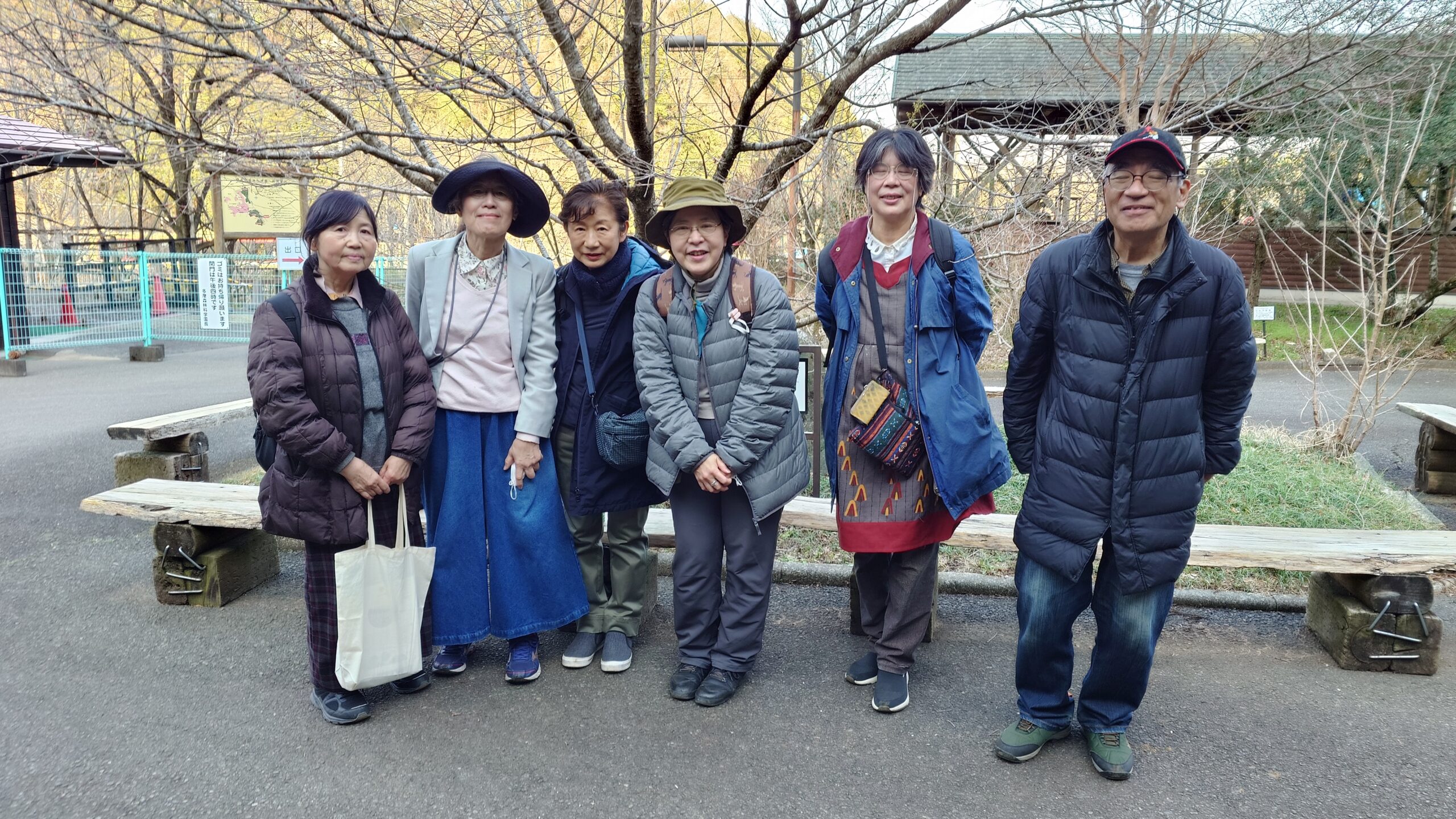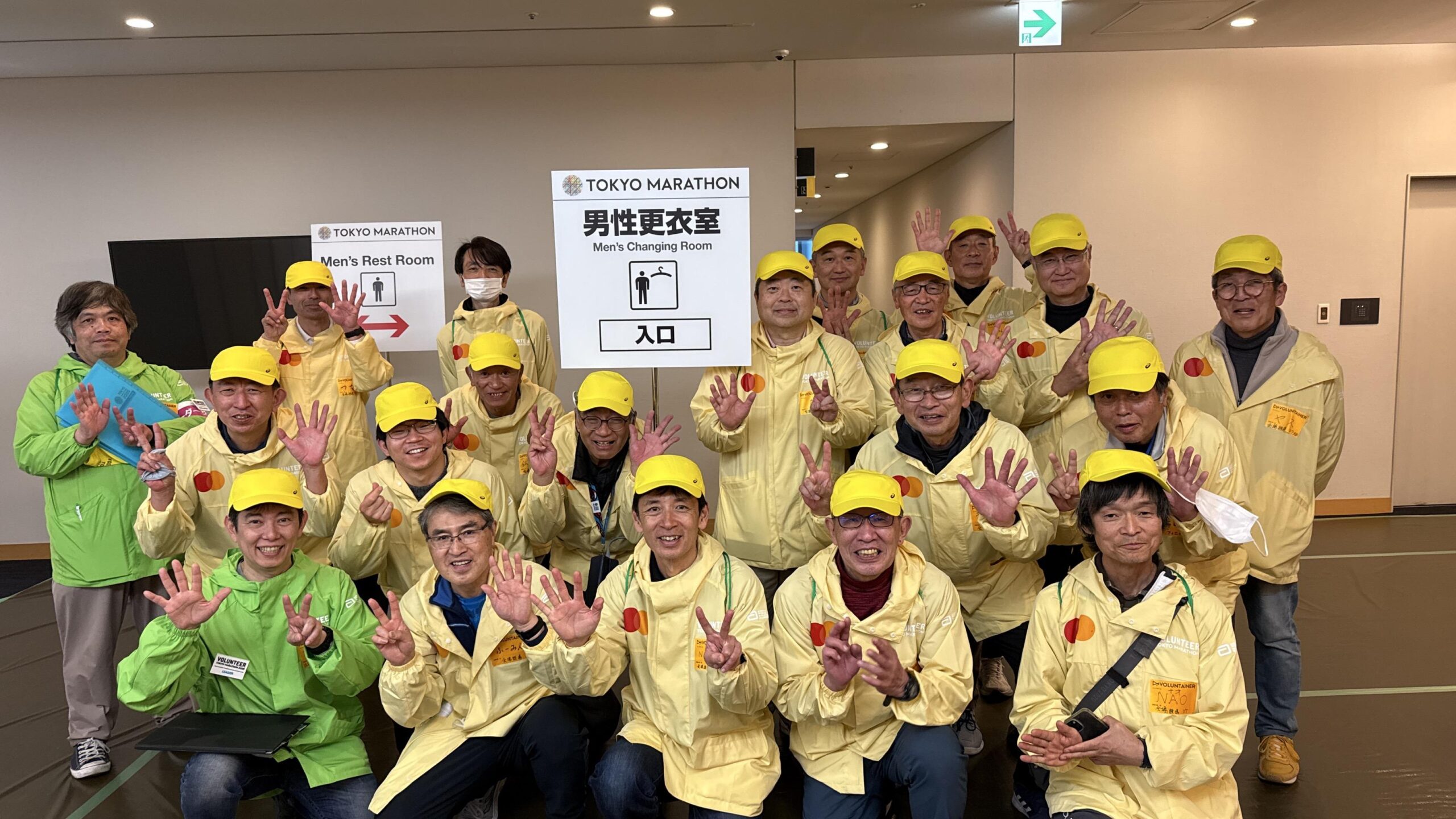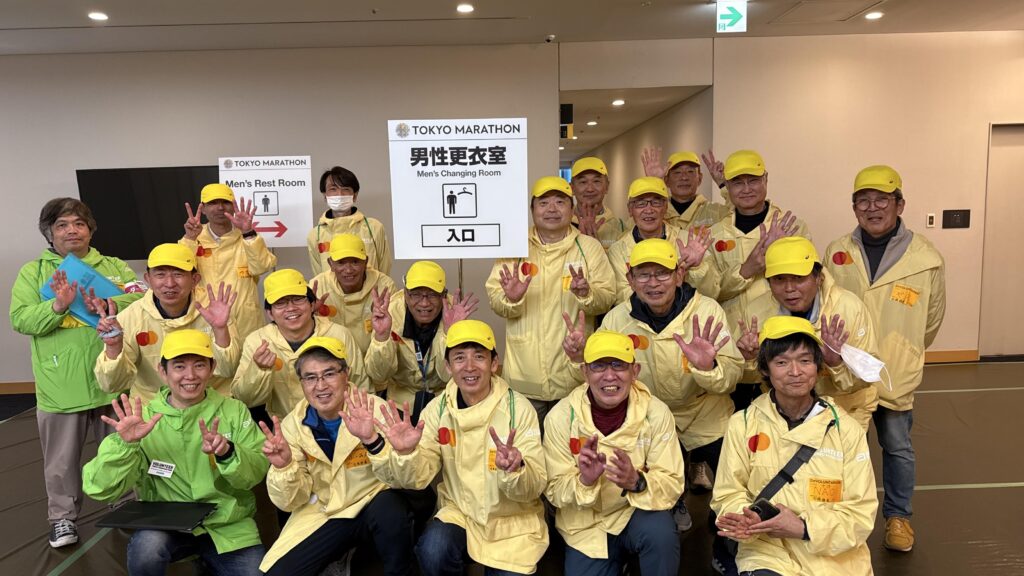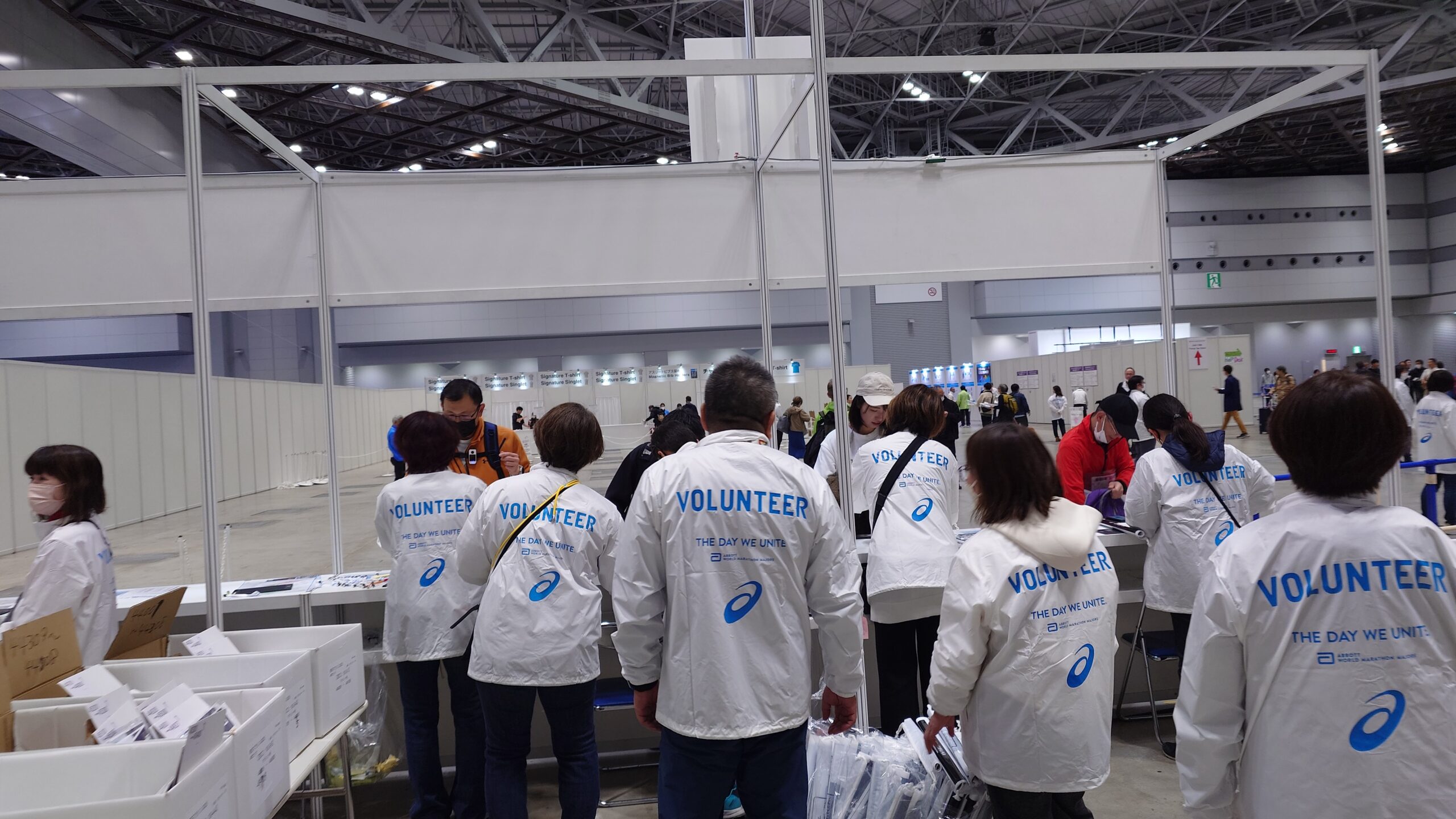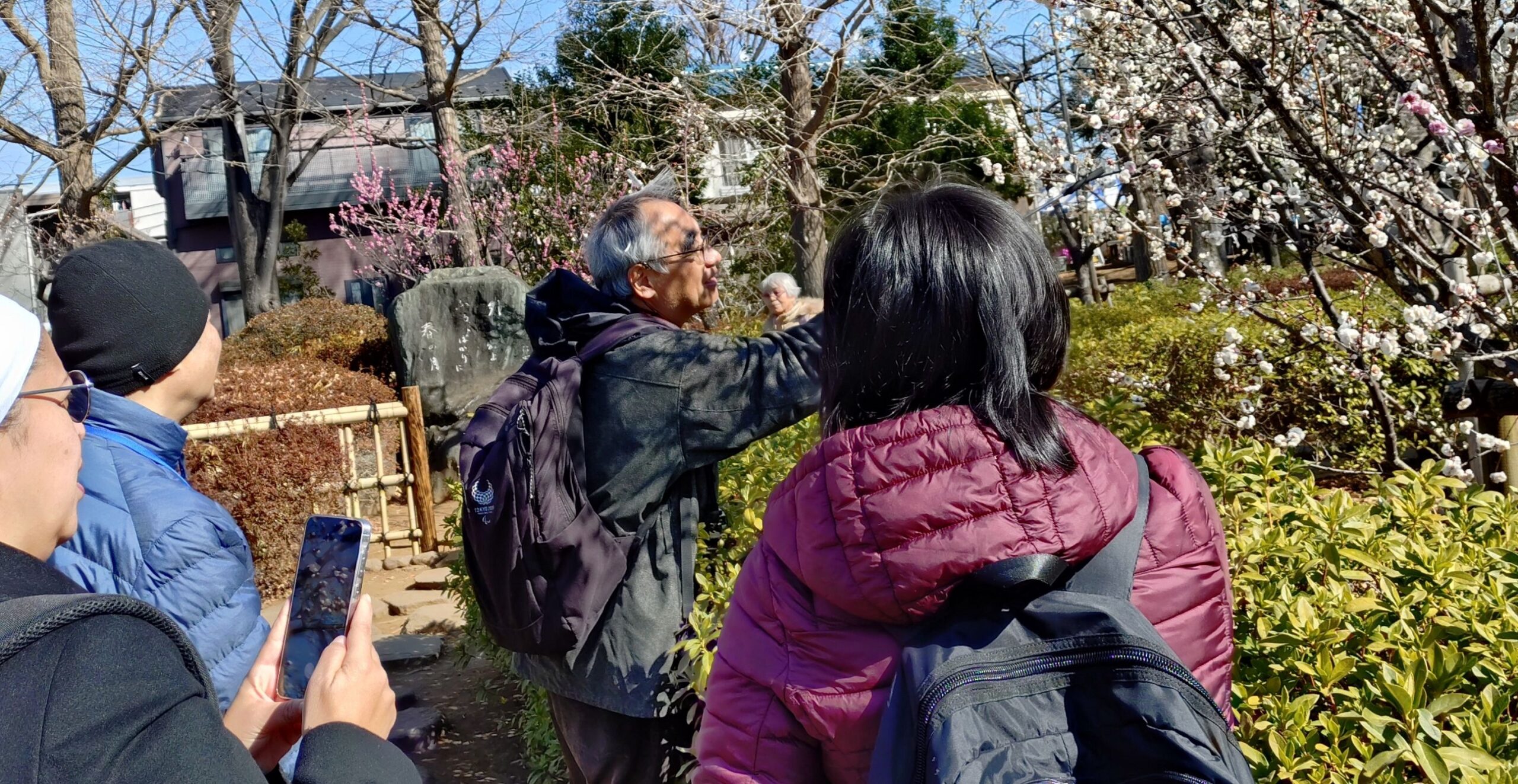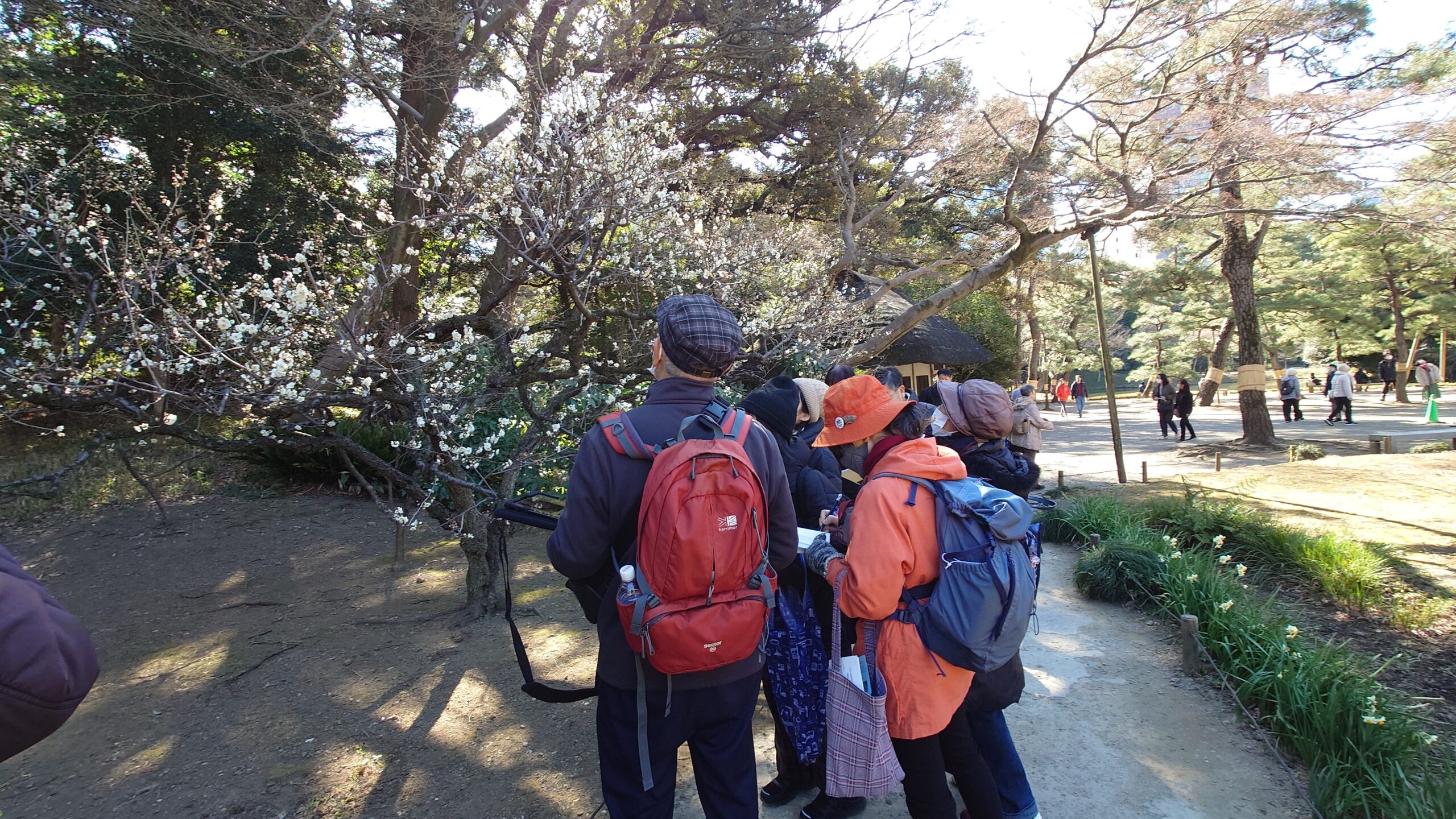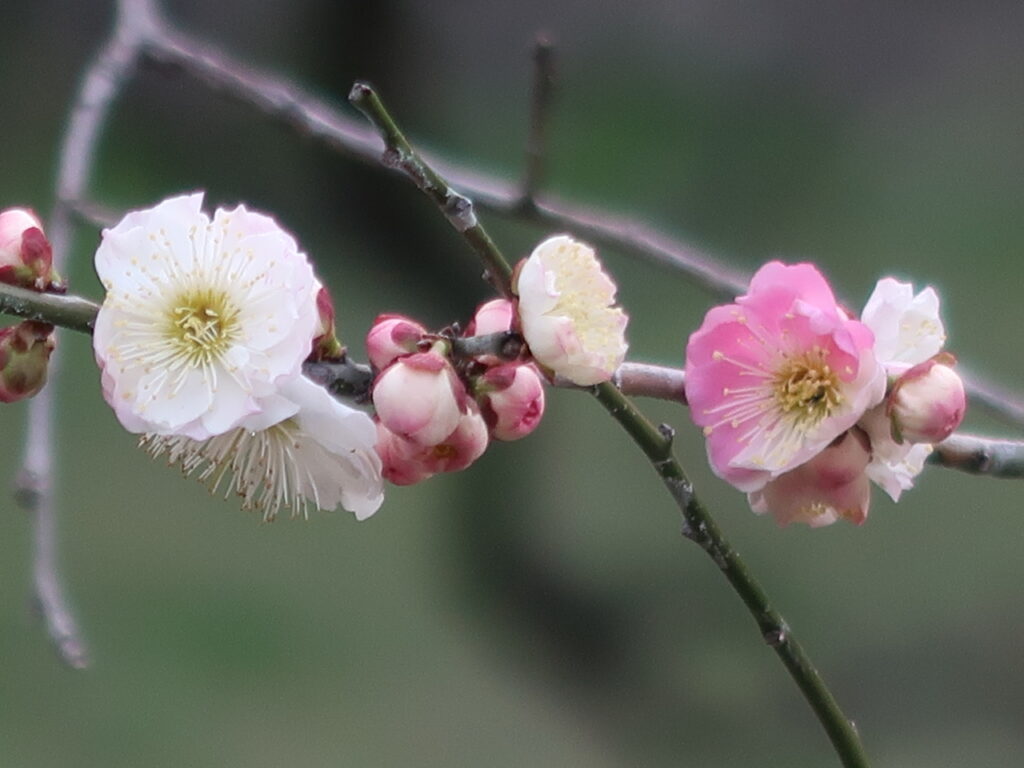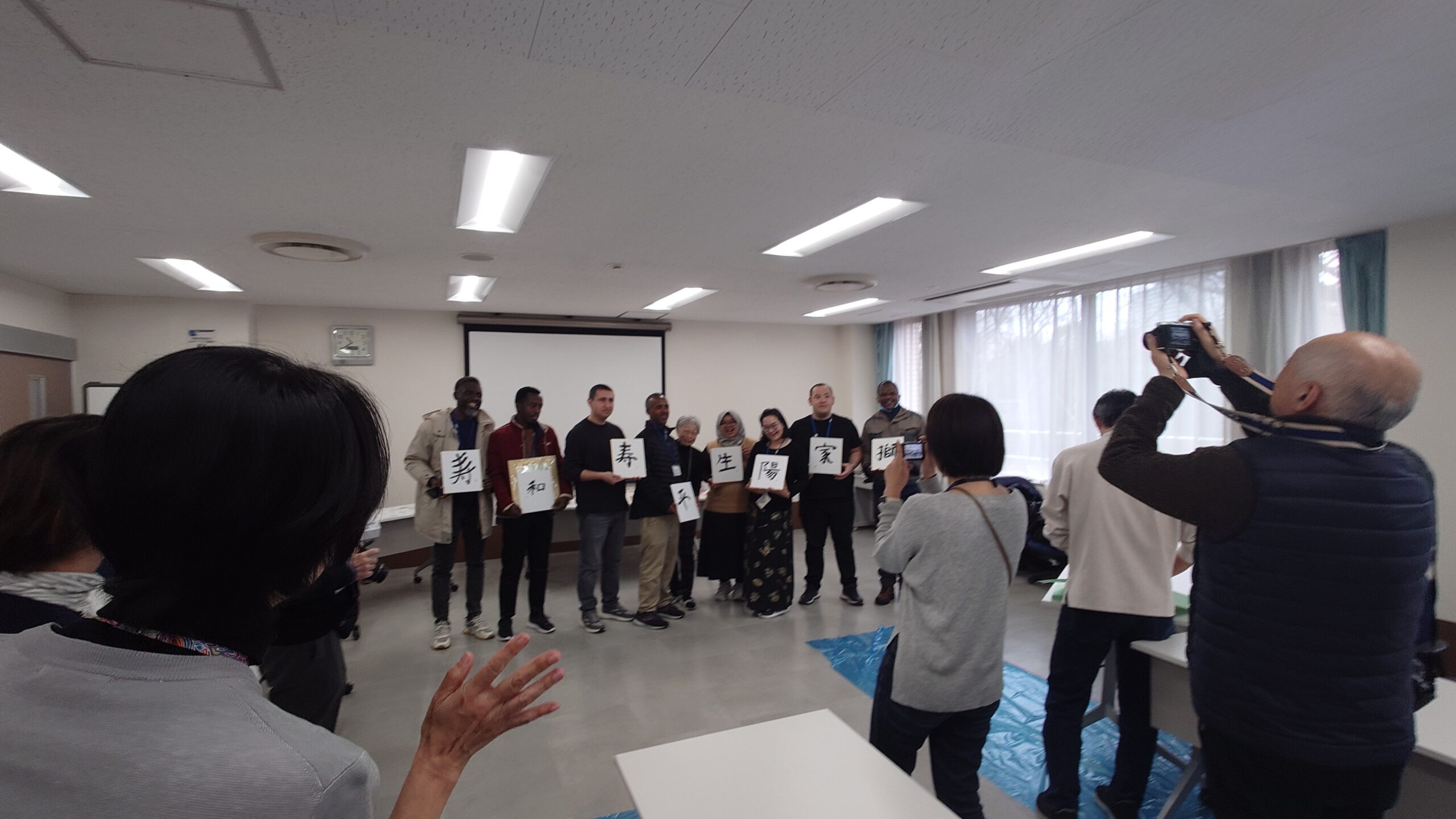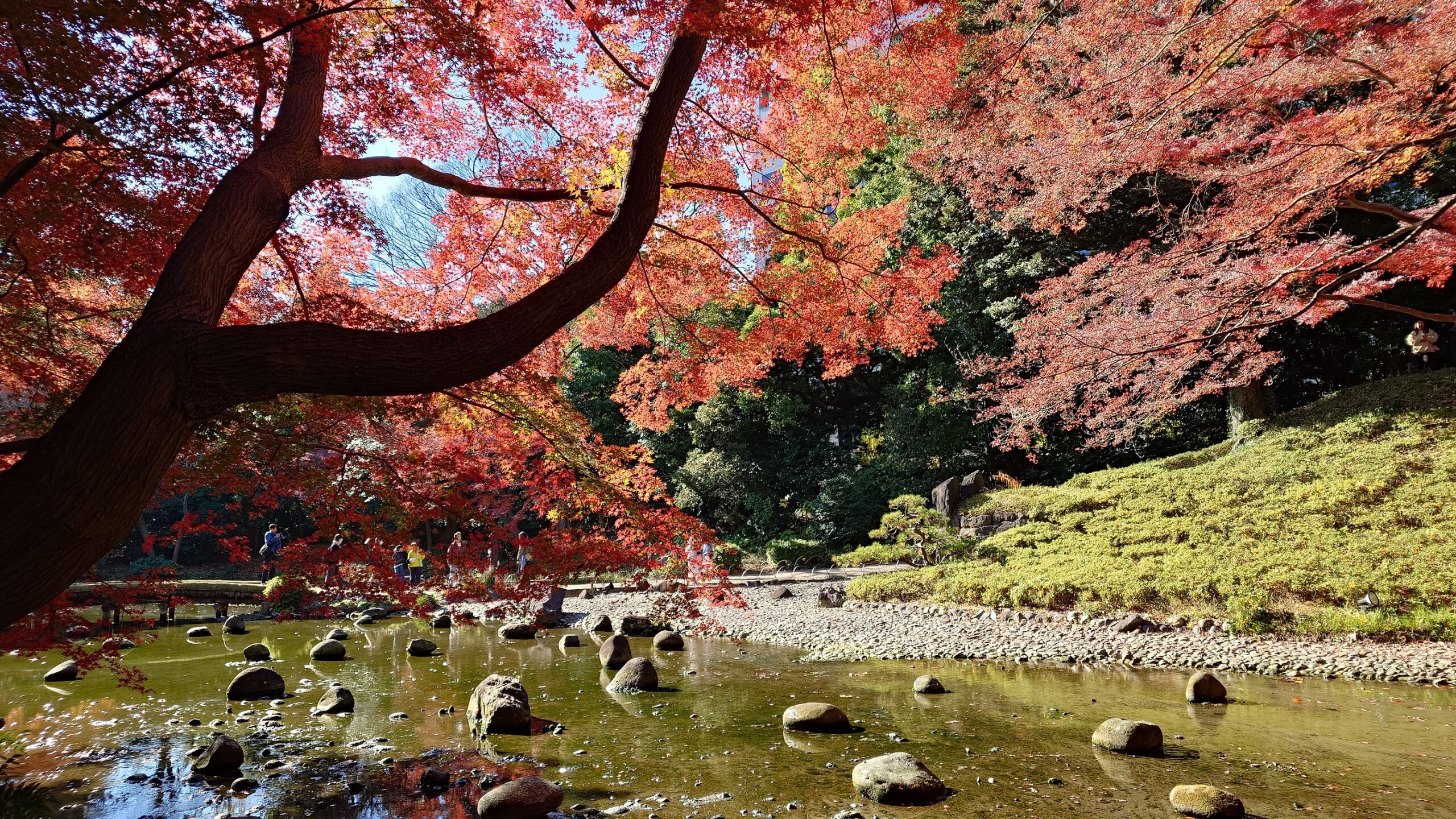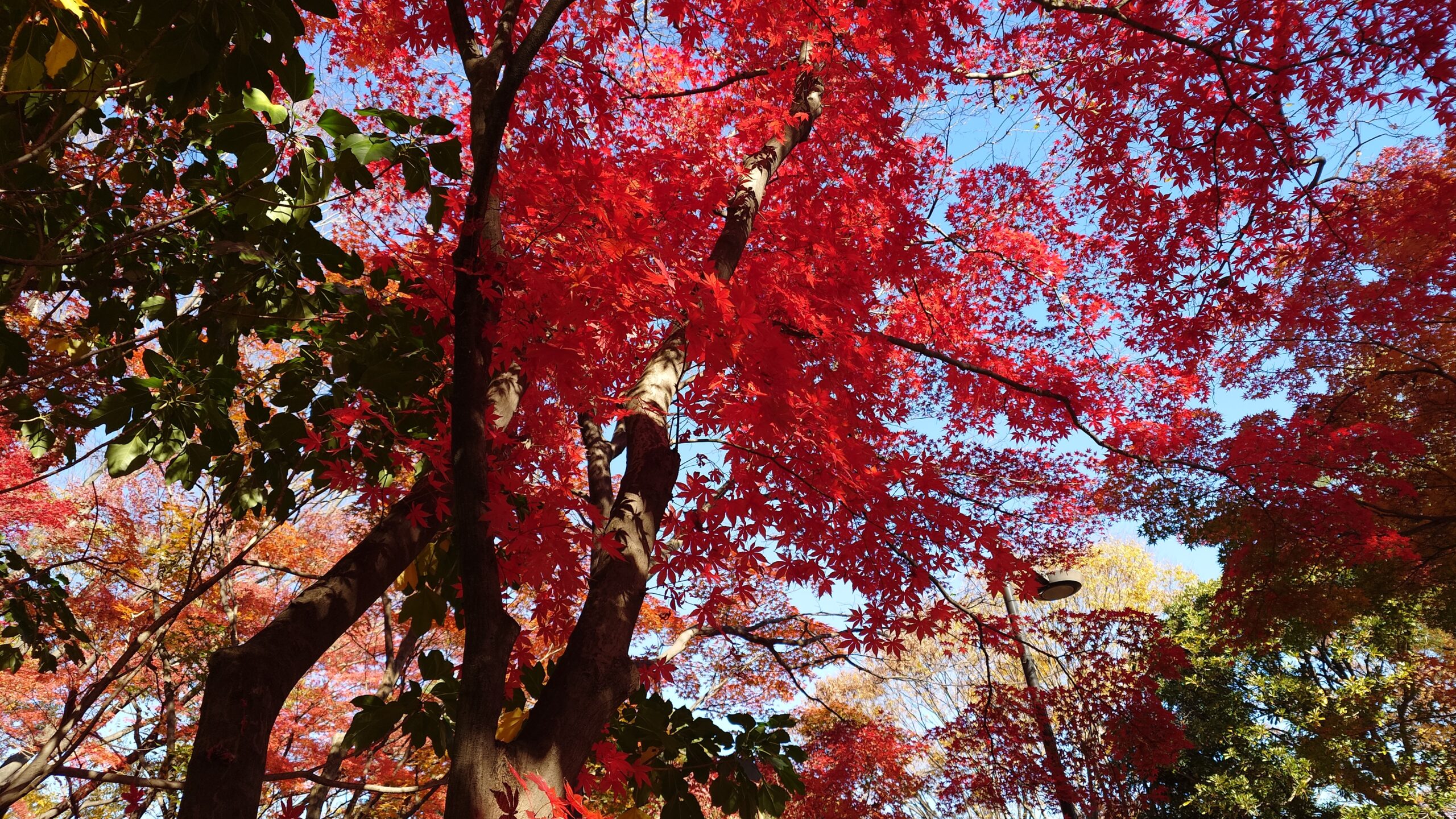Also, my volunteer wark is started from the first day. Since it was the first day, a large number of people visited, and although it was expected to some extent, the opening was quite crowded and chaotic. Today, I walked from Yumeshima Station on the Osaka Metro Chuo Line and entered the venue via the East Gate. Compared to the West Gate, which can only be accessed by shuttle bus, entering from the East Gate is more convenient, even if it is a little crowded. For the Osaka Expo, the Chuo Line was extended from Cosmo Square Station, one stop before, to Yumeshima Station. An additional 90 yen fee is required for this extended section. This section is not included in the Osaka Metro “Enjoy Eco Card,” which allows unlimited use of all lines in one day, so if you use this card, you should be aware that you will have to pay an additional 90 yen fee at Yumeshima Station.
On the first day of volunteering, I guided visitors inside the Osaka Healthcare Pavilion Nest for Reborn, pavilion of the organizer of the EXPO, Osaka prefecture and city. The area I was in charge of was relatively less chaotic, and I tried to respond with a smile as much as possible so that the visitors could enjoy themselves.
Before and after the activity, I was able to walk freely around inside of the Expo site, and I was able to enjoy it with the general visitors, except for places and activities that required reservations.
Unfortunately, it rained heavily, so the Blue Impulse demonstration flight was canceled, and there were many people who waited the event, in the rain for a long time, which made me a little worried about the customer satisfaction. Also, there were pavilions that were not yet completed and were under construction, so it was a slightly unsettling opening.
For me, the excitement I felt at the Osaka Expo 55 years ago came back to me, and I also had the opportunity to enjoy some brief conversations with the pavilion companions. I am looking forward to the activities that begin today.






